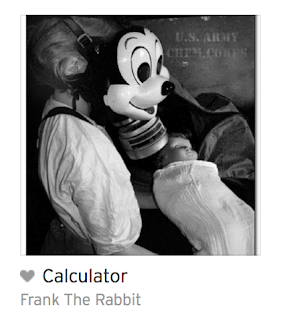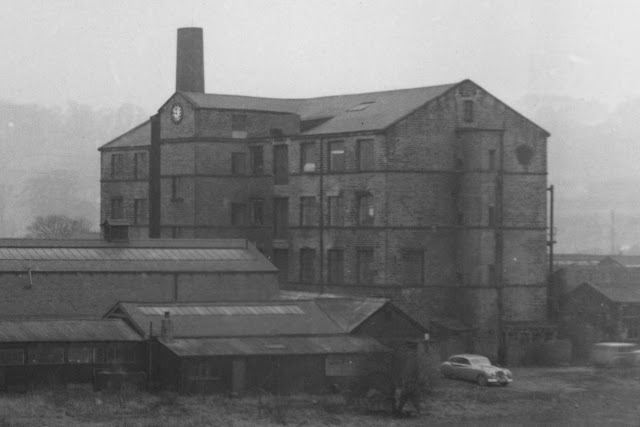- 7735 for sale
- 71675 for spill
- 77345993 for EGGSHELL
- .40404 FOR HOHOHO
- 312217 for LiZZiE
- 30175 for SLIDE
- 817 for LIB
- 5907 for LOGS
- 0.7734 for HELLO
- 14 for HI
- 5376606 or 5379909 for GOGGLES
- 376006 or 379009 for GOOGLE
- 53177187714 for HILLBILLIES
- 1134206 for GOsHELL
- 5317 for LIES
- 3080 for OBOE
- 53045 for SHOES
- 710.77345 for SHELLOIL
- 5537 for LESS
- 836 for BEG
- 31041134 for HELLHOLE
- 707 for LOL
- 3070804 for HOBOJOE
- .0804 for HOBO
- 345 for SHE
- 0.02 for ZOO
- 7714 for hill
- 7734 for hell
- 30176 for GLIDE
- 0.9 for go
- 738051 for Isobel
- 31773 for ellie
- 0375 for sled
- 0.637 for Lego
- 738 for leg
- 1138 for bell
- 8357353 for eselseb (Norwegian)
- 2208 for boss
- 3207 for lose
- 32009 for goose
- 32339 for geese
- 0140 for Ohio
- 733 for eel
- 5733 for eels
- 0.08 for boo
- 202 for SOS
- 808 for Bob
- 338 for bee
- 2338 70 918 for big ol bees
- 50774 for sorry
- 5491375808 for bobsleighs
- 337 for LEE
- 8008 for boobs
- 5318008 for boobies
- 15 for IS
- 900973 for GOOGLE
- 7355 for JESS
hello































